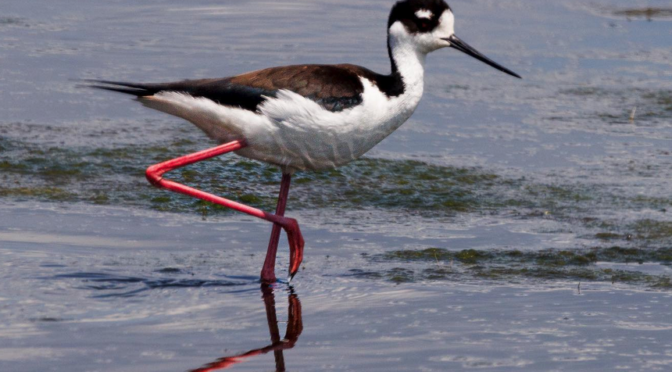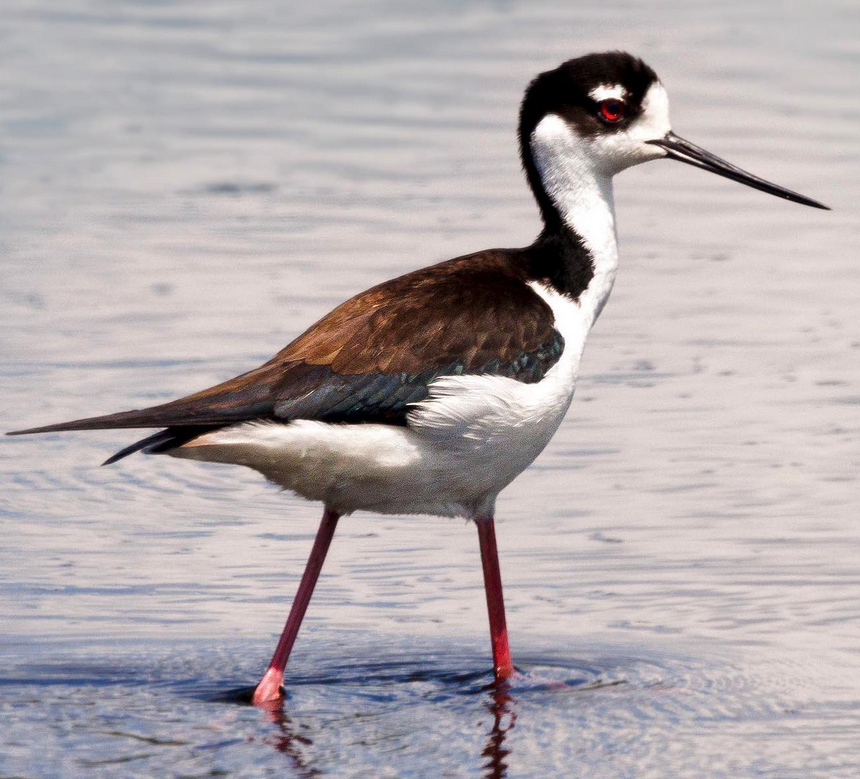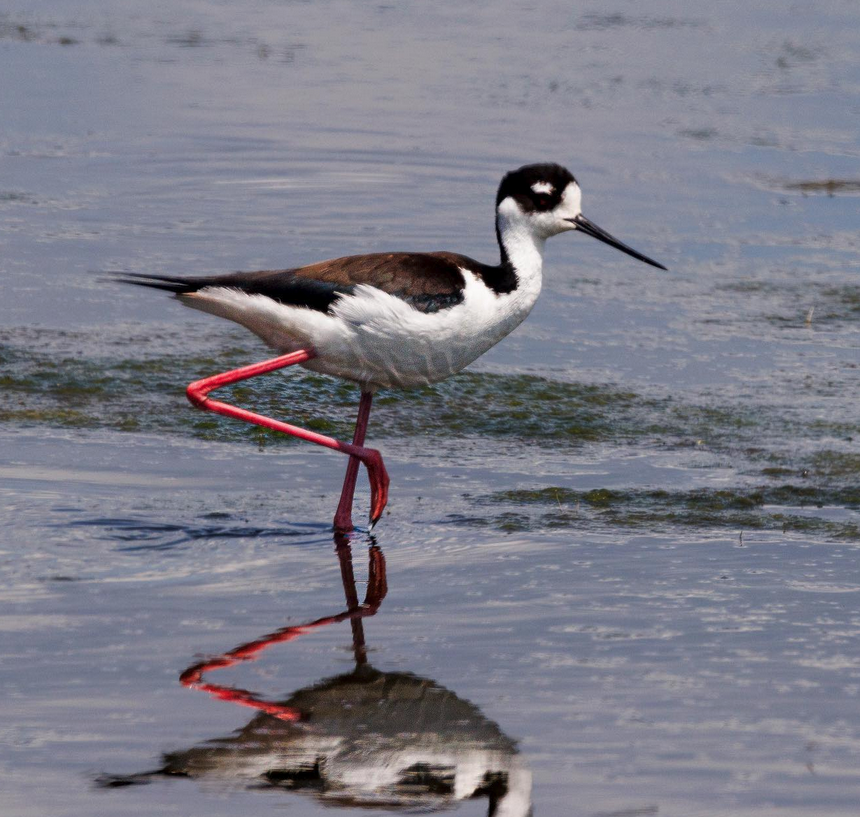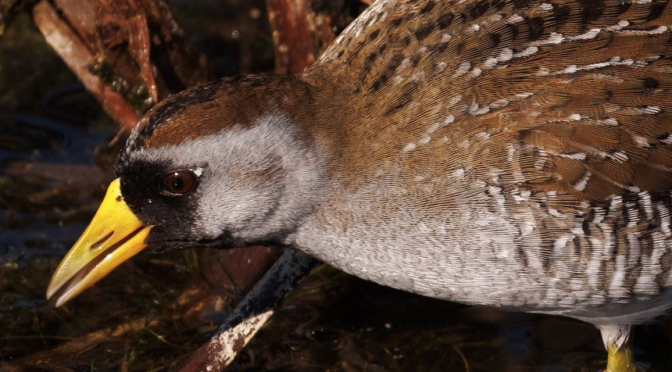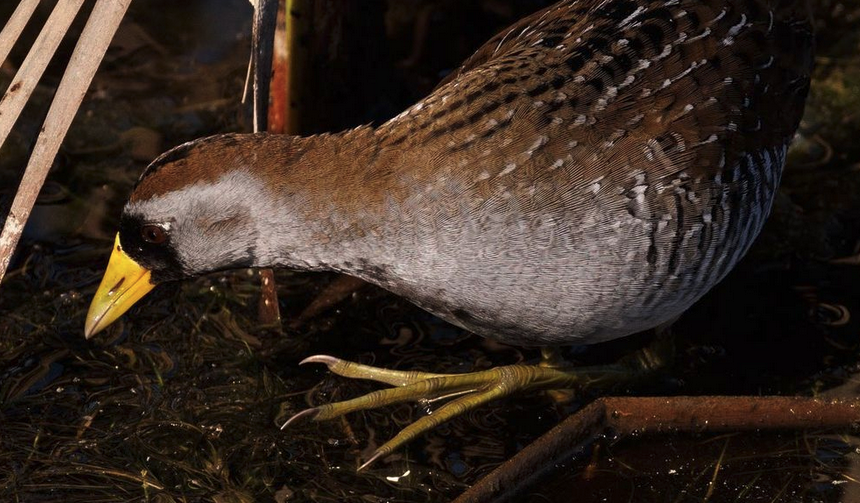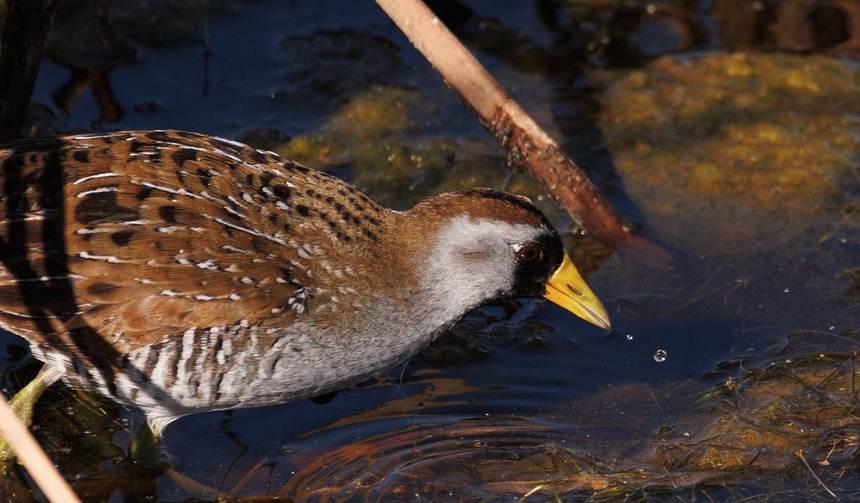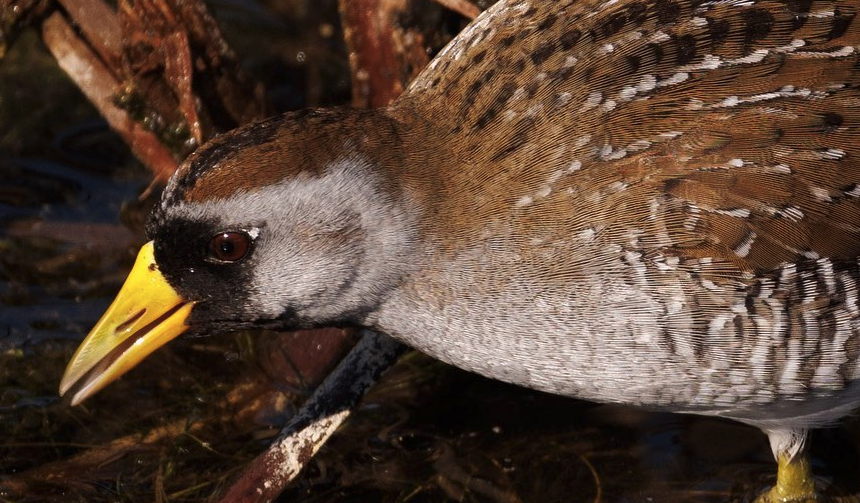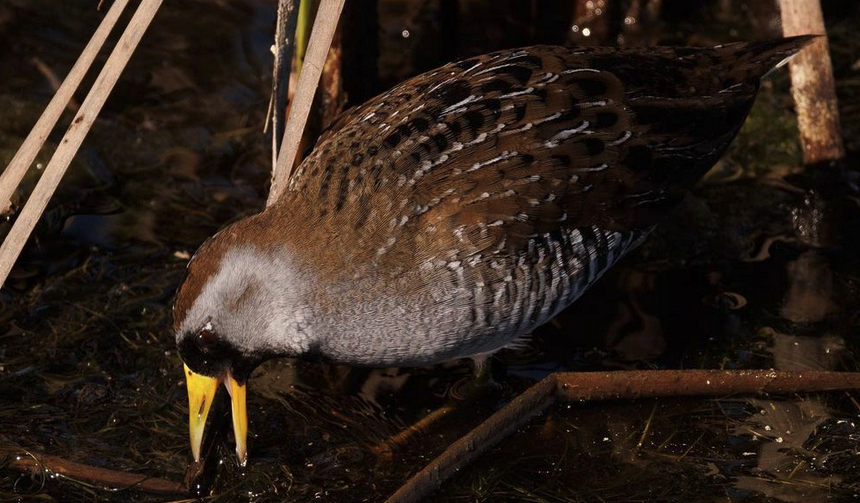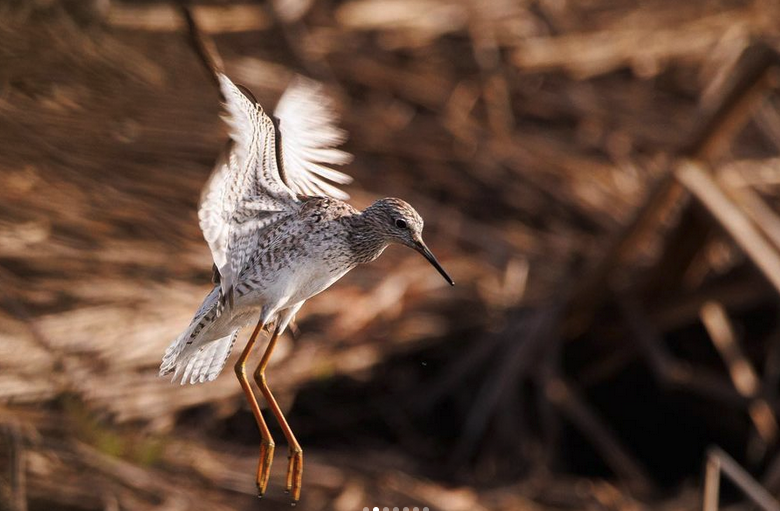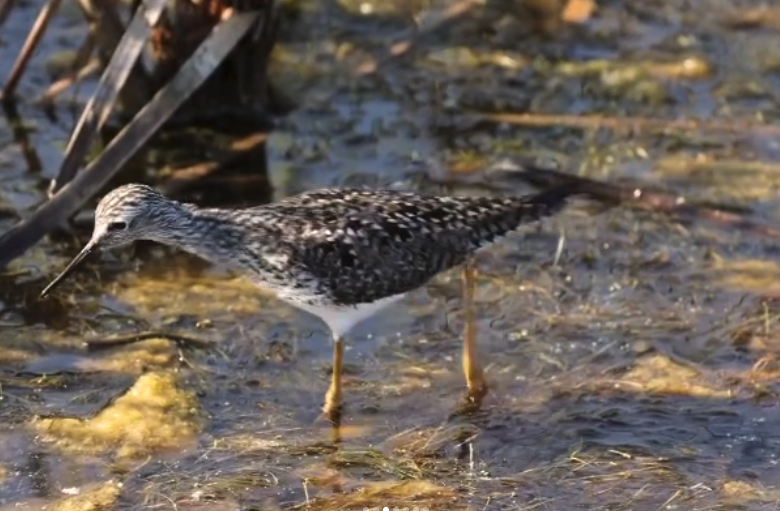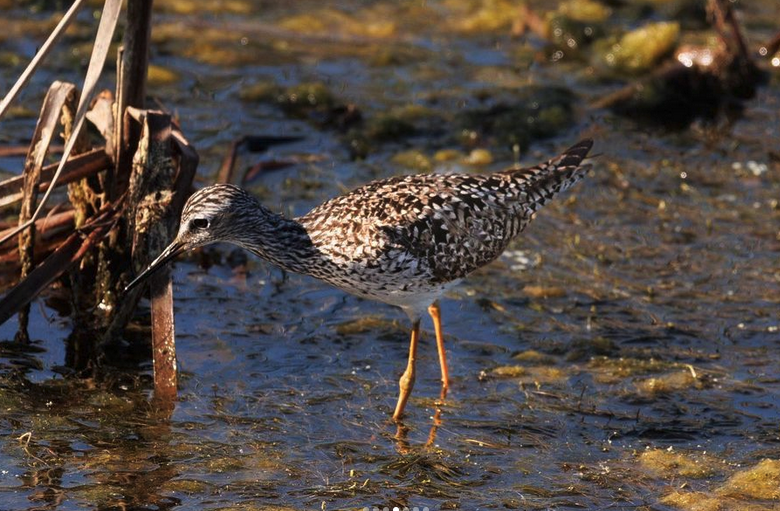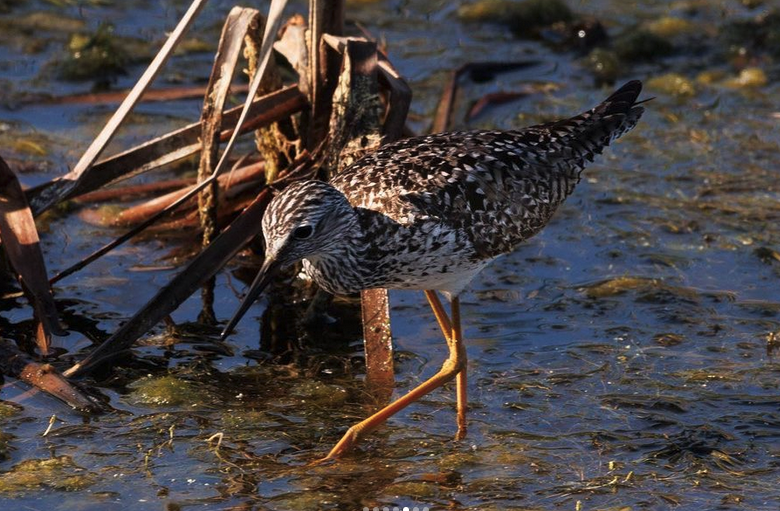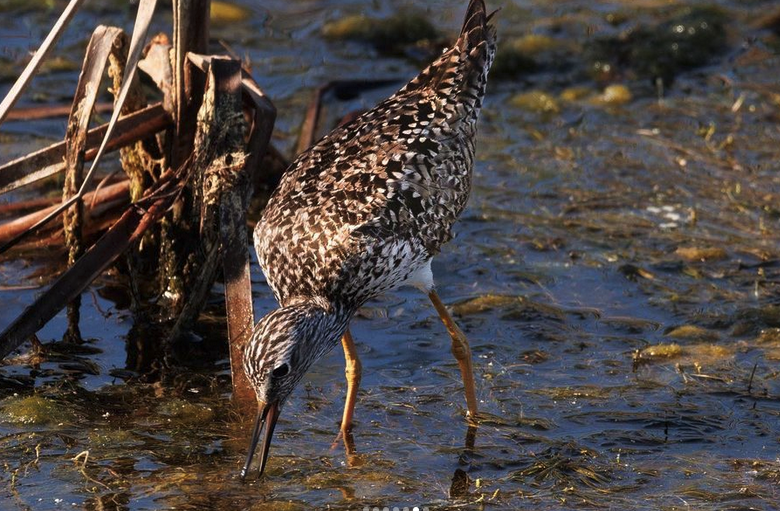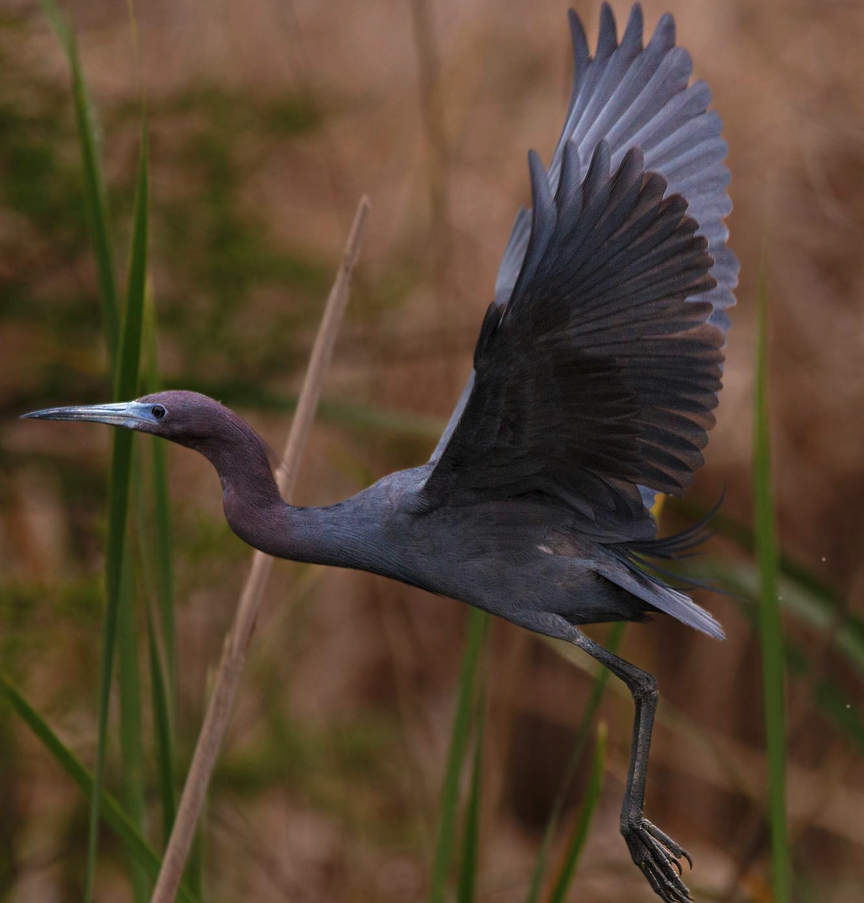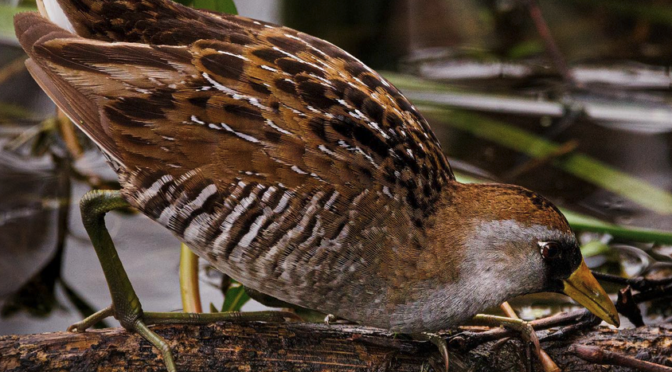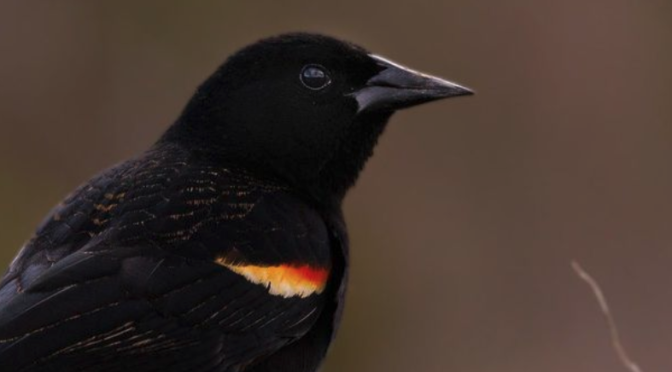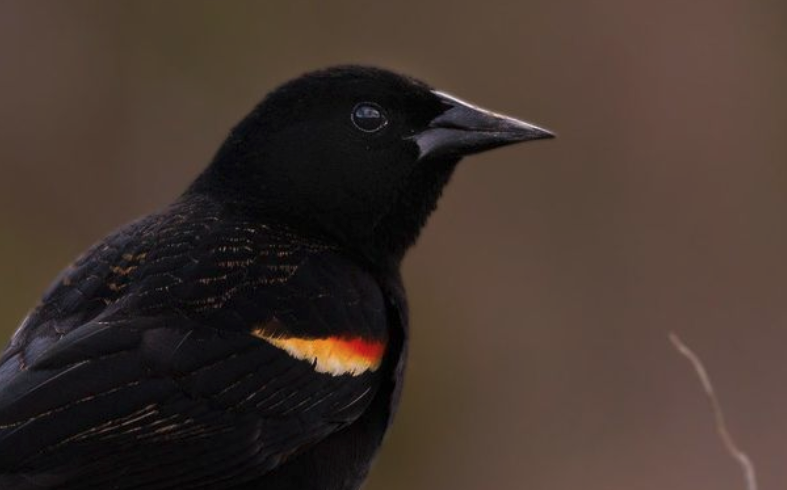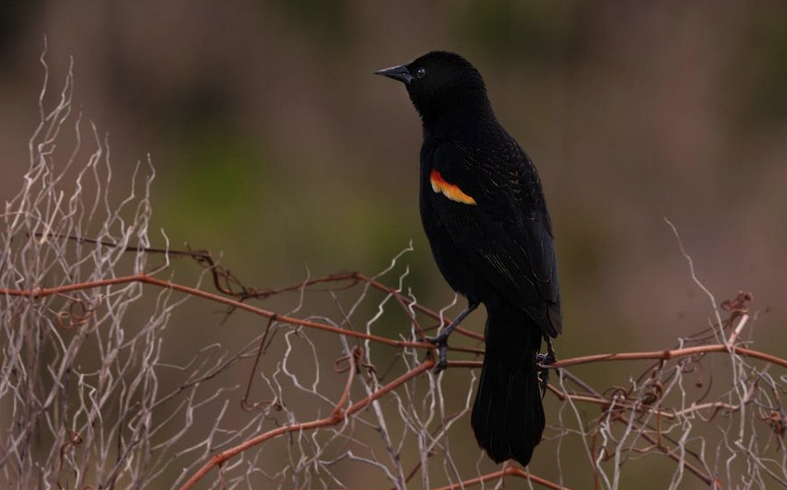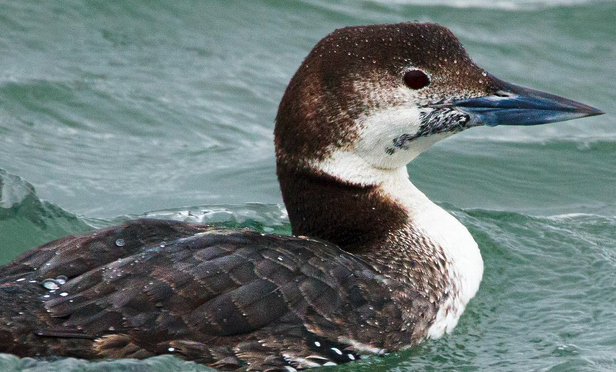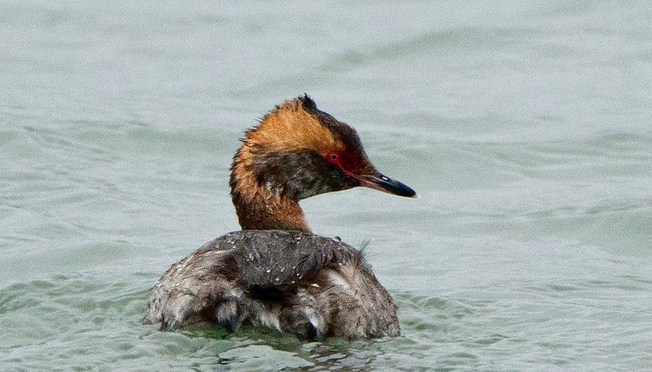By-Sally Siko
While birding at Huntington Beach State Park last week I spotted a small flock of Mute Swans flying overhead.
They made two runs of an ever descending spiral formation before they dropped down.
Although they were somewhat far away from my vantage point on the dock, it was fun to try to get a few pics of the group as they glided in for a splash landing.

These impressive swans are a familiar sight to many throughout the Carolinas occurring in urban parks, wildlife refuges and in on farms in rural regions.
Though they are year-round residents,
Mute Swans are actually native to Europe and were introduced to the United States in the 1800s as an ornamental species to grace the gardens of estates and parks.
As it often goes, many of them escaped and are now contributing to the growing populations of feral birds.
Today, undomesticated flocks Mute Swans are found in coastal areas from New England all the way south into the mid Atlantic States.



The bane of kayakers, fishermen, farmers and hikers alike, these guys can get quite aggressive, especially during the breeding season when encountered near their nesting sites.
Even during the winter, Mute Swans are very protective of one another and will chase away enemies or rivals at the drop of a hat.
They’ll puff their feathers out to appear larger than life, hiss loudly and then set off after the offender with neck extended, bill open ready to deliver a bite.
Perhaps they aren’t the friendliest of birds but at least they are entertaining to watch lol!
Photos by Sally Siko of @bestlife_birding captured on my mighty mirrorless monster, the @canonusa #R5
Want to go see these beauties for yourself? Book a tour below!









